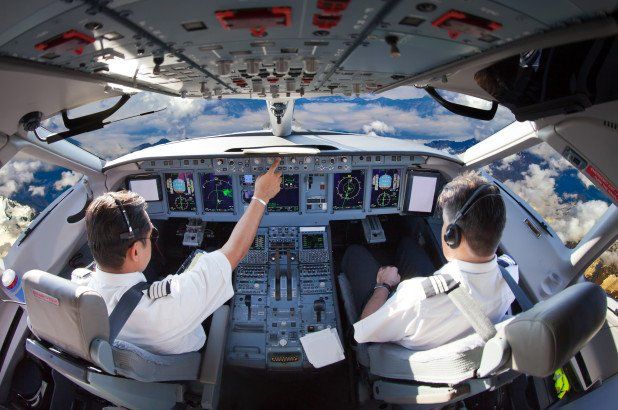
As in the U.S., a looming pilot shortage in Europe is on the horizon, but little is being done to fix it, according to a research paper published by AeroProfessional, an international aviation recruiting and placement firm. Europe will need to recruit and train about 95,000 pilots during the next 16 years to keep up with demand, according to Boeing’s outlook. But AeroProfessional says pilots prefer to work outside of Europe and demand from Asia, Africa and the Middle East is siphoning off pilots.
While business aviation might be an attractive option for lower-time pilots to gain experience, geographical restrictions and quality of life issues mixed with the need to obtain type ratings prove prohibitive to most, according to AeroProfessional. The paper further highlights similarities to the U.S. market, illustrating a need for more strategic recruitment planning, in addition to lowering the cost of training and implementation of innovative cadet programs.
“In 2015, 80 percent of stakeholders attending the EASA safety conference agreed that there aren’t enough skilled pilots to meet future demand,” the paper says. With the total number of commercial pilot licenses issued in Europe reduced by 31 percent between 2011 and 2015, the dwindling continues.
About 4000 fixed-wing CPLs and multi-engine certificates were issued in the EU during 2015, with the UK issuing the highest proportion at 1072. Despite this, 48 percent of UK certificates and 20 percent of all EU licenses were issued to non-residents with no plans to stay in Europe to work. The deficits show effect as 91 percent of applicants trained and licensed in 2015 had been gobbled up by a hungry market in 2016.
With demand growing at a rate current training capacity can’t satisfy, coupled with the added pressure of European pilots leaving for other markets, the outlook for the pilot shortage in the EU is far from bright. Stopping the outflow of both disgruntled pilots and unwilling retirees with skills and experience would be an effective quick fix for addressing the skills crisis, according to AeroProfessional. Getting the mandatory retirement age raised to mitigate demand would require regulatory changes.
The paper concludes with the suggestion to the industry that profitability and demand are both such that investing in pilot training doesn’t just make economic sense, it’s crucial for the survival of airlines in a competitive market.


































